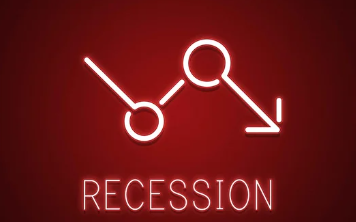
Monetary Policy & Inflation | US

Monetary Policy & Inflation | US
US treasury yields surged yesterday as bond prices around the world sold off after the US government avoided a shutdown and US manufacturing showed some signs of recovery.
This article is only available to Macro Hive subscribers. Sign-up to receive world-class macro analysis with a daily curated newsletter, podcast, original content from award-winning researchers, cross market strategy, equity insights, trade ideas, crypto flow frameworks, academic paper summaries, explanation and analysis of market-moving events, community investor chat room, and more.
US treasury yields surged yesterday as bond prices around the world sold off after the US government avoided a shutdown and US manufacturing showed some signs of recovery. The ISM Manufacturing PMI came in at 49.0 for September (its best performance since November 2022), which exceeded expectations of 47.7. Furthermore, markets are increasingly digesting the prospect of a higher-for-longer rate environment after Federal Reserve officials stressed the risk of further rate hikes.
Turning to market moves, US 10Y yields closed Monday at their highest level since 2007 at 4.69% (14+bps WoW, +57bps MoM). Meanwhile, the yield on the policy-sensitive US 2Y closed Monday at 5.12% (+3bps WoW, +22bps MoM). In terms of yield curve inversion, the magnitude of the 2s10s inversion sat at -43bps on Friday, up from year lows of -109bps seen in early July. The probability of recession increases with yield curve inversion.
The probability of recession within the next twelve months, assigned by the 2Y10Y part of the yield curve, dropped to 78% from 82% a week earlier (Chart 1). Meanwhile, the Fed’s recession model, which uses the 3M10Y part of the yield curve, produced a 45% chance of recession (Chart 2).
We introduced two models for predicting US recessions using the slope of the US yield curve. When long-term yields start to fall towards or below short-term yields, the curve flattens or inverts. This has often predicted a recession in subsequent months. Our model is based on the 2s10s curve compared to a model from the Fed that is based on 3M10Y curve. We believe that the 2Y better captures expectations for Fed hikes in coming years and is therefore more forward-looking.
Spring sale - Prime Membership only £3 for 3 months! Get trade ideas and macro insights now
Your subscription has been successfully canceled.
Discount Applied - Your subscription has now updated with Coupon and from next payment Discount will be applied.